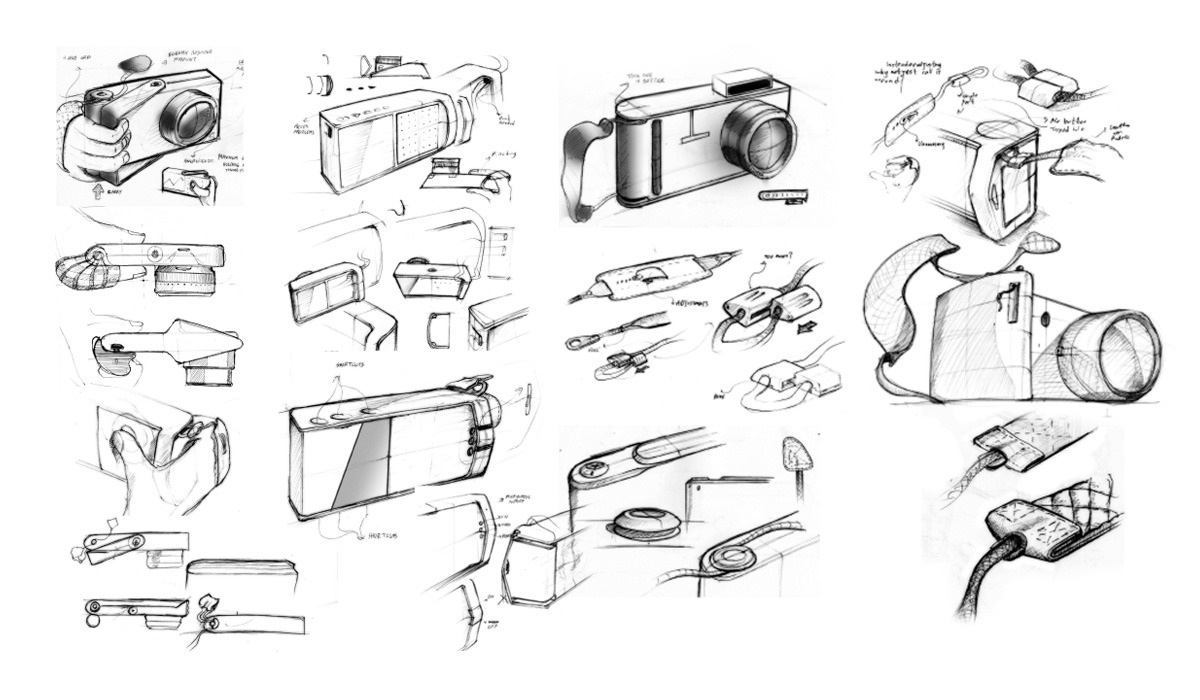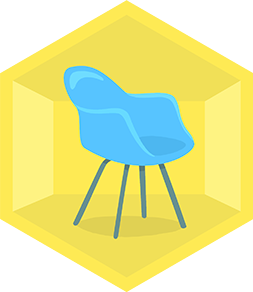Sketch a product design
Sketch a simple product design: choose an everyday object, draw views, label features, add measurements and color to communicate your idea clearly.



Step-by-step guide to sketch a simple product design
10 Easy Shape Crafts for Kids | DIY Paper Toys
Step 1
Choose one everyday object you want to design such as a water bottle a chair or a toothbrush.
Step 2
Put the object in front of you and look at it for one minute to notice shape size and special parts.
Step 3
Lightly draw the front view of the object on your paper using simple shapes.
Step 4
Draw the side view of the object next to the front view using the same scale.
Step 5
Draw the top view of the object above the front view using the same scale.
Step 6
Use your ruler to measure the real object and write the height on the front view.
Step 7
Use your ruler to measure and write the width on the front view and the depth on the side view.
Step 8
Draw arrows from the picture to label four important features (for example handle lid button or texture).
Step 9
Write a short note about the materials each part could be made from or if any part moves.
Step 10
Lightly erase extra sketch lines so your drawing looks clean.
Step 11
Trace your final lines with the thin black marker to make the drawing bold.
Step 12
Color your design to show different materials finishes or parts.
Step 13
Add a title scale (for example 1 cm = 1 inch) and the date to your drawing.
Step 14
Share your finished product design sketch on DIY.org
Final steps
You're almost there! Complete all the steps, bring your creation to life, post it, and conquer the challenge!


Help!?
What can we use if we don't have a thin black marker, ruler, or colored pencils?
If you don't have a thin black marker or a ruler you can trace final lines with a dark ballpoint pen, use a book or a credit card as a straight edge to measure and write the height, width and depth on your front and side views, and color with crayons or markers you do have.
My front, side and top views look different sizes — how can I fix the proportions?
If your views aren't matching, lightly redraw them in pencil, re-measure the real object with your ruler, apply the same scale to each view as you place them (top above front, side next to front), and then erase extra sketch lines before tracing.
How can I adapt the activity for a younger child or make it harder for an older kid?
For younger children simplify by drawing only the front view, labeling two main features and using bold marker and stickers, while older kids should add precise scaled measurements, detailed material notes for each part and an extra exploded or technical detail view before tracing.
What are some ways to extend or personalize the product design sketch?
Turn your sketch into a mini prototype by cutting cardboard to the measured height, width and depth, attach moving parts you labeled, add color-coded finishes and materials notes, then photograph the finished design to share on DIY.org.
Watch videos on how to sketch a simple product design
How to Create, Design, and Manufacture a Product from Scratch
Facts about product design and sketching
✏️ Many product designers start with quick hand sketches — it's the fastest way to explore ideas and solve problems.
🎨 Adding color to a sketch helps communicate materials, finishes, and where people should interact with the product.
📏 Clear measurements and labels on a sketch reduce prototype mistakes and make building things much faster.
🧠 Ergonomics studies how people interact with objects so designers can make products comfortable and safe to use.
📐 Orthographic views (front, top, side) show every side of a product clearly so makers can build it without guesswork.
How do I guide my child to sketch a simple product design?
What materials do I need for a child’s product design sketch?
What ages is sketching a product design suitable for?
What are the benefits of having my child sketch product designs?


One subscription, many ways to play and learn.
Only $6.99 after trial. No credit card required



